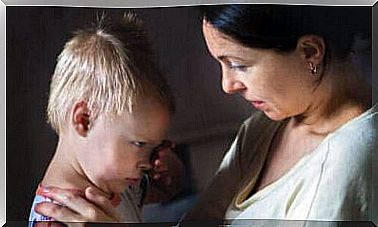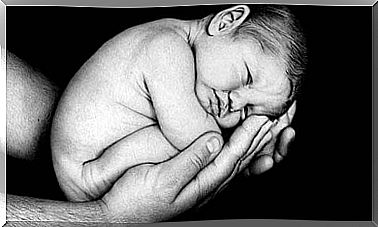The Lawrence Stenhouse Model For Developing Curricula

In the Lawrence Stenhouse model, the curriculum is considered a powerful tool where the role of teacher is incredibly important, as they act as researchers and thoroughly examine their own role.
Lawrence Stenhouse was born in Manchester in 1926. He devoted his career to teaching at various levels and to studying and researching curricula during the 70’s.
What is a curriculum?
To better understand the curriculum model that Lawrence Stenhouse proposes, we should first define the term curriculum.

A curriculum refers to the structure or education that an educational institution follows. Curriculum is called curriculum in Latin, which means career.
The word curriculum is also part of the curriculum vitae , better known as a CV – an overview of a person’s qualifications and education.
A curriculum can therefore be said to serve to provide structure and basis for course content, pedagogy and methodology used during the teaching process.
Lawrence Stenhouse model for curricula
According to the Lawrence Stenhouse model, the curriculum is far from a simple table of contents or an overview of methods and goals. For this British pedagogical philosopher, the curriculum is a whole educational project.
It is a combination of ideological, socioanthropological, pedagogical, epistemological and psychological concepts. All of these determine what goals the teaching should have.
Stenhouse argues that the curriculum embodies the intentions of a given society regarding the type of individuals it contains. The curriculum contains a vision of knowledge, the role of the educator and a concept of the educational process.
In this sense, Stenhouse believes that the role of teachers is fundamental in the preparation and implementation of the curriculum.
Teachers need to know what changes they are trying to bring about in their students. In addition, it is up to them to decide how to teach to bring about these changes.
Therefore, one must continuously study and investigate the teaching structure. Theory and practice are intimately intertwined.
The basic ideas in the Stenhouse model for curricula
Below we summarize some of the most influential ideas from the Lawrence Stenhouse model:
- Teachers’ participation in the preparation and development of the curriculum is fundamental in deciding what and how to teach. Therefore, this curriculum model is flexible, open, creative and innovative.
- Teachers should study and reflect on their own actions. In addition, they should do so in accordance with the needs of their students. In this way, they increase the understanding of their own practice in order to be able to change, modify and make it as good as possible.
- Schools should question external pressures, and this model goes in that direction. Teachers who critically study their own pedagogy become more constructive. They need to ask themselves what kind of students they are educating and what kind of society they are educating them for.

- Since the curriculum according to Stenhouse can be understood as a pedagogical study, teachers evaluate dynamics rather than results.
Final considerations
In his curriculum model, Lawrence Stenhouse argues that investigation and action are a way to free teachers and make them independent. This independence, of course, exists to the same extent as teachers oppose the authoritarianism shown to them by schools and society.









